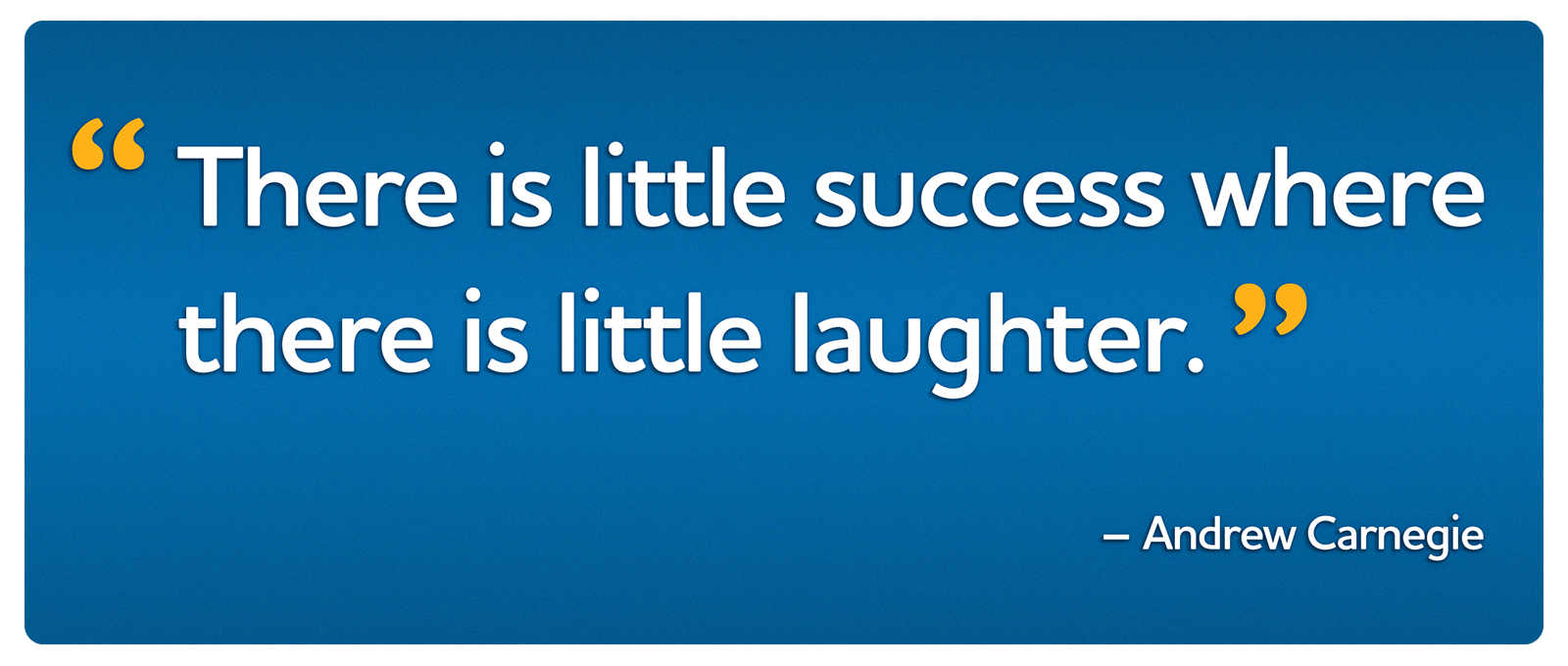 How to motivate and see amazing results leading a remote team
How to motivate and see amazing results leading a remote team
Adam Tully – Better Talent
You may ask, “How do I motivate my team and have them reach amazing results simultaneously?
As I said in my first article, “Leading a Remote Team to Success,” motivating a remote team to reach your company’s goals if we keep it real–is hard…
The remote Leader is authentic; there is no other way to be if you want the lead a remote team. You have to be “real” and transparent while giving your team the accountability they need to reach their goals. All of that said, motivating a remote team involves a lot of creativity and thinking outside the box with ways to keep things fun while being professional.
In distributed team situations, staff can’t just pop into your office for a 5-minute conversation, and you can only sometimes gauge their morale by their voice in a video call.
Empathy is one of our Core Values at Better Talent and is one of the most challenging things to live out when you cannot walk over to a team member and see that they are not having the greatest day. How many times have you, as a leader, walked by someone in an office setting and saw that someone needed some compassion that day because of their body language, and then you can sit down with them and find out why that person was having a terrible day?
While it may seem challenging, cultivating a highly engaged and productive remote team is achievable. As the Leader, you must be mindful of the unique issues that can arise and tackle them head-on, ensuring that each member reaches their full potential. By being intentional, a remote workforce can become cohesive and efficient.
Four simple tips for beginning implementing today
As Chief Operating Officer and Integrator at Better Talent – a fully remote company experiencing notable success, I’m excited to share with you four actionable tips I’ve implemented to help you inspire your team and see tangible results.
Remote Motivational Tip #1: Ask questions
The problem? If your team is remote, you won’t be able to see if someone is having a tough day or feeling unwell, which might be affecting their work. In terms of perception and expectations, this can have a significant impact on how you lead them.
The solution? Do your best to check in daily, either through a phone call or a 15-minute video call to get the pulse on how they’re doing. In these connections, it will be essential to ask questions like:
- What obstacles are you facing?
- Is there anything I can do for you?
- How do you feel things are going?
Going a little deeper with your questions beyond “How’s the weather where you are?” will go a long way in creating the kind of open conversation that leaders with an on-site team can establish. As a remote team manager, you’ll find that in this job, when it comes to your staff, you’ll find greater success in positioning yourself as a mentor with a servant leadership approach. Asking questions and extending a helping hand can help you better understand your employees’ circumstances leading to improved expectations and goal setting.
So don’t be afraid to communicate and connect – it can make all the difference.
Remote Motivational Tip #2: Establish a routine and offer techniques
The problem? Remote workers often need help with productivity and time management. This is not always due to apathy but rather the challenges of being at home with kids, pets, and distractions that can hamper their ability to focus. In addition, many remote workers report difficulty separating work and home life, which can lead to burnout.
The solution? To ensure productivity set pre-emptive guard rails for your staff or team. Start with a weekly check-in to discuss the plan, KPIs and build a relationship. This type of accountability can motivate staff to complete tasks before the check-in and encourage them to reach out if they encounter challenges.
To address burnout, it’s essential to establish boundaries that help staff log out after work and maintain a healthy work-life balance—communicating business hours to establish better work boundaries and developing routines that signal the start and end of the workday.

Remote Motivational Tip #3 – Have fun!
The problem? Remote teams often struggle with one key issue; disengagement and isolation among team members. One report showed that remote work can increase feelings of loneliness by up to 67% compared to in-office work. Low engagement and disconnection can lead to a lack of motivation and poor performance.
The solution? Schedule some fun!
- Have amazing offsites! Invest the money and time and bring your team together as much as possible. Quarterly is ideal, even if it’s for two days where everyone works on their laptop part of the day, and the rest is for fun activities. Focus on talking about the Vision of the company and what is happening within the company to excite the team. These types of events go a long way in team building and camaraderie.
- Read a book together and discuss it on a call with your team. This is a lot of fun, and it’s great because it can be a book that can give essential lessons that can be applied in the business. We are currently reading Unreasonable Hospitality by Will Guidara. It’s amazing!
- Every industry has funny things, and every company has certain things that the team likes to joke about. Go with the flow! Sometimes the meeting may end with the last minutes enjoying laughter together. Create opportunities to laugh and have fun together. This is possible while remaining professional and can create a strong culture.

Remote Motivational Tip #4 – Make it a team effort
The problem? When remote teams come together, the results can feel more piecemeal than cohesive. It can be challenging to achieve your goals when you have multiple brand voices, unclear or competing objectives. Most people hate meeting. Everyone loves a meeting that starts on time, ends on time, and has clear action items for the next steps.
The solution? Get a “Level 10 Meeting” scheduled into everyone’s calendars. This is from Gino Wickman, the author of “Traction: Get A Grip On Your Business,”
In his book, he describes this as an executive-level meeting where everyone in attendance scores the session between 0-10 based on how productive the meeting was. Knowing that the meeting will be scored will help participants stick to the agenda and ensure that it’s constructive instead of being a meeting just for the sake of a meeting.
Gatherings like these are where all departments can discuss issues and benefit from a team problem-solving session to find the best solution. With video conferencing, if need be, you can also utilize break-out rooms to have multiple issues dealt with simultaneously, allowing for more opportunities for staff to be heard and for the company to benefit from everyone’s experiences and wisdom.
Bonus Tip: In your “Level 10” Meetings, take the time to go over your company’s core values. I recommend choosing one word and discussing with your team what that word means to each individual and how they relate to the value. This is a great exercise to help make sure your team is aligned and always motivating.
You’ve got this…
With the right approach, building strong relationships among remote team members is possible – ultimately leading to greater efficiency and success in achieving shared goals. Working as a team means bringing humanity back to the process and not letting distance and technology keep you from getting to know one another, establishing routines, and having fun.
If you’re leading a remote team and have any tips, struggles, or insight into this topic, I’d love to continue this conversation in the comments.
And, if you need help developing a robust hiring strategy and wondering how a remote team can achieve your goals, let’s connect for a free strategy call. At our core, we’re committed to helping you expedite the hiring process, reduce costs and discover better talent.
Book a time with Better Talent to help you build your remote team: https://bettertalent.com/contact/

